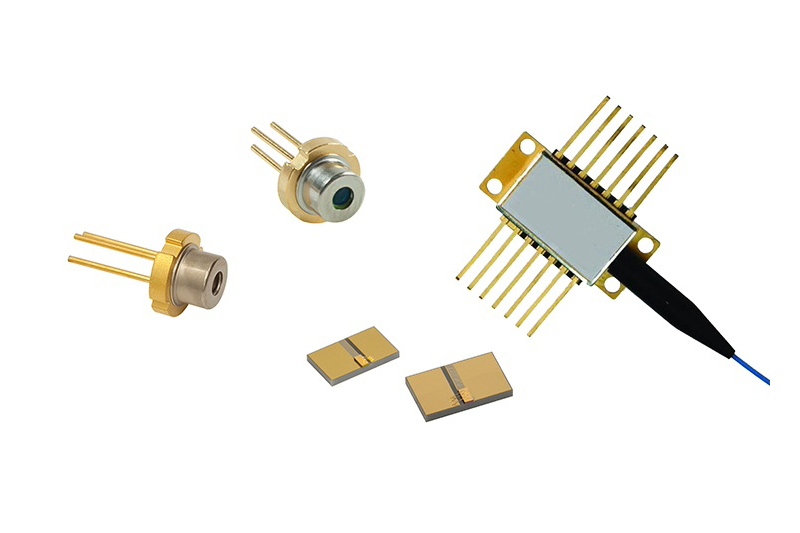-
Telephone:400-000-0000Telephone:400-000-0000
-
wechat:abcdefg
-
Email:sales@ahxsgd.com

A semiconductor laser diode is essentially a semiconductor diode. According to whether the PN junction materials are the same, the semiconductor laser diode can be divided into homojunction, single heterojunction (SH), double heterojunction (DH) and quantum well (QW) laser diode. Quantum well laser diodes have the advantages of low threshold current and high output power, and are currently the mainstream products in the market. Compared with other types of lasers, laser diodes have the advantages of high efficiency, small size and long life, but their output power is small (generally several mW), poor linearity and poor monochromatism.
1. The principle of diodes
When photons generated by spontaneous radiation pass through the semiconductor, once they pass near the emitted electron-hole pair, they can stimulate the two to recombine and generate new photons. This photon induces the excited carriers to recombine and emit new photons. The phenomenon is called stimulated radiation. If the injection current is large enough, a carrier distribution opposite to the thermal equilibrium state will be formed, that is, the population inversion. When a large number of carriers in the active layer are reversed, a small amount of photons generated by spontaneous emission generate induced radiation due to reciprocating reflection from both end surfaces of the resonant cavity, resulting in positive feedback of frequency-selective resonance, or gain for a certain frequency. When the gain is greater than the absorption loss, coherent light with good spectral line-laser light can be emitted from the PN junction. This is the simple principle of a laser diode.
2. Common parameters of semiconductor laser diodes
Wavelength: That is, the working wavelength of the laser tube. Currently, the laser tube wavelengths that can be used as photoelectric switches are 635nm, 650nm, 670nm, 690nm, 780nm, 810nm, 860nm, 980nm, etc.
Threshold current Ith: That is, the current at which the laser tube starts to generate laser oscillation. For general low-power laser tubes, its value is about tens of milliamps. The threshold current of laser tubes with strained multiple quantum well structures can be as low as 10mA or less.
Working current Iop: That is, the driving current when the laser tube reaches the rated output power. This value is important for designing and debugging the laser driving circuit.
Vertical divergence angle θ: The angle at which the luminescent band of the laser diode opens in the direction perpendicular to the PN junction, generally around 15 to 40.
Horizontal divergence angle θ: The angle at which the luminescent band of the laser diode opens in the direction parallel to the PN junction is generally about 6 to 10.
Monitoring current Im: The current flowing through the PIN tube when the laser tube is at rated output power.


